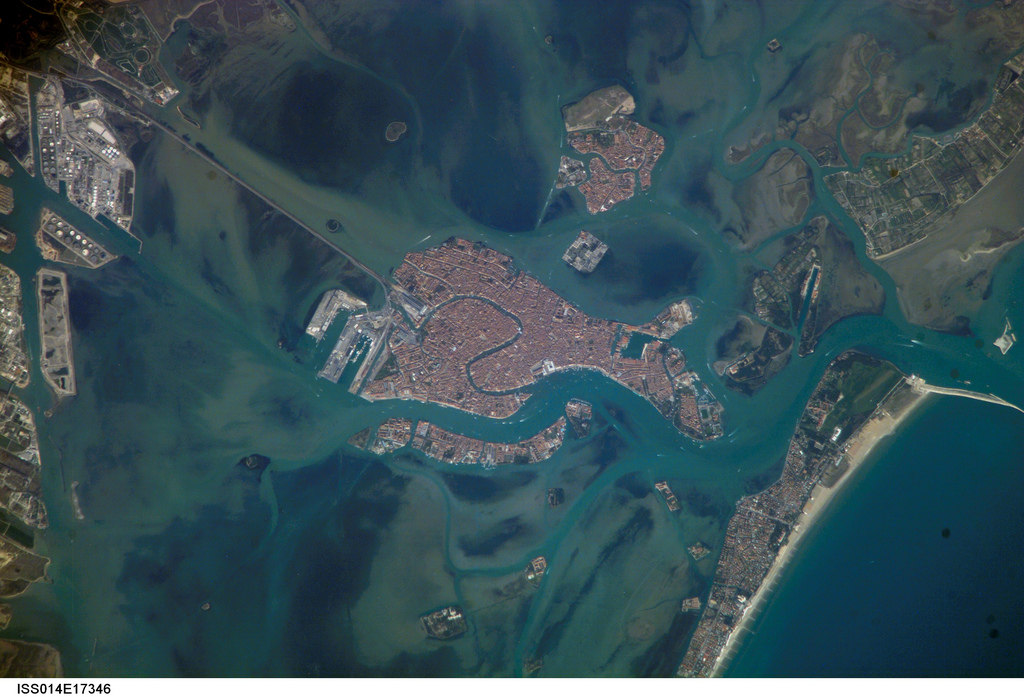
Venice: Pure City
by Peter Ackroyd
–Reviewed by Catherine Bailey
 Venetians knew how to cut loose. During the eighteenth century, the masked revelry of Venetian Carnival lasted the better part of six months. Throughout Venice: Pure City, Peter Ackroyd returns to the idea of Venice as a city of masks. In literature and lore, the city of debauchery, secrets, and glamour often overpowers the comparatively mundane workings of commerce, political and domestic life. In Ackroyd’s biography of the city, we meet Venice as an integrated whole. Part art history, part travelogue, part lyric essay, Venice illuminates something of the split public personality of Venice and knits it back together.
Venetians knew how to cut loose. During the eighteenth century, the masked revelry of Venetian Carnival lasted the better part of six months. Throughout Venice: Pure City, Peter Ackroyd returns to the idea of Venice as a city of masks. In literature and lore, the city of debauchery, secrets, and glamour often overpowers the comparatively mundane workings of commerce, political and domestic life. In Ackroyd’s biography of the city, we meet Venice as an integrated whole. Part art history, part travelogue, part lyric essay, Venice illuminates something of the split public personality of Venice and knits it back together.
Venice begins with the city’s infancy: a scattered settlement atop a swamp, plagued by frequent floods and roving Lombards. From there Ackroyd traces the rise of the shining city of Canaletto up from the mud, following its transformation from a medieval city of wood to one of stone. He takes us into the inner sanctum of private Venetian households, into residential districts, and into the palace of the doge. We meet the hardworking, savvy population of traders and entrepreneurs that spun their lives and businesses around family; they worked hard, lived on their wits, and once a year at Carnival, they gave in to Dionysius, and partied harder than anyone in Europe.
The book reads as a collection of essays, best read in sequence, but each able to stand alone. Ackroyd writes both to convey information and to translate something of the emotional experience of touring the city, of peering up at elaborately carved marble buildings and Byzantine domes lit twice by the sun and water. He laces art and atmosphere together, comparing the unbridled music of Vivaldi and the vivid colors splashing the Venetian canvases of Tintoretto and Titian to the movement of light and water through the artists’ native city.
As prosperous traders at the fulcrum of East and West, Venetians were cosmopolitan connoisseurs of ornate and sumptuous arts, goods, and services, and since the Crusades, tourists have descended upon the city to taste what fruits they had to offer. Many of these, such as artisan glass and Carnival are familiar today, but some of the historical fruit Ackroyd has plucked is deliciously unexpected. In addition to visiting to the holy Basilica of St. Mark, many male visitors of previous centuries, he tells us, stopped by one of the city’s convents, infamous for the luxurious beds of the young sisters within.
So goes Venice: Pure City, an exploration of high culture and low, of grand basilicas and houses full of cavorting nuns. Ackroyd has cherry-picked through history to provide us a surprising, thoughtful, and musical exposition of Venice that adds to our understanding of the city as much as it adds to its mystique.
Buy the Book: Skylight, Powell’s, Amazon, Borders
Excerpt: “Venetian society has been described s fluid and ever-changing. Of Venetian politics Sir Henry Wotton, the English ambassador to Venice in the early seventeenth century, said that it ‘fluctuated, like the element of which the city was built.’ That is the reason why Venetian historiographers were intent upon emphasizing the continuity and stability of their society. They were always aware of the motion and restlessness of the sea within the Venetian polity. At the heart of la Serenissima was a horror of transience, like the Venetian sailor’s dread of the sea. As the Venetian poet of the late sixteenth century, Veronica Franco, put it, ‘the sea itself yearns towards this city.’ This may be considered a compliment, as long as the sea does not come too close.”
Further Reading: Thames: The Biography by Peter Ackroyd and Watermark
by Joseph Brodsky
Catherine Bailey is a trained anthropologist and archaeologist. She currently works as a freelance writer and teacher in Los Angeles.
*Photo of Venice courtesy NASA’s Marshall Space Flight Center.




Send A Letter To the Editors